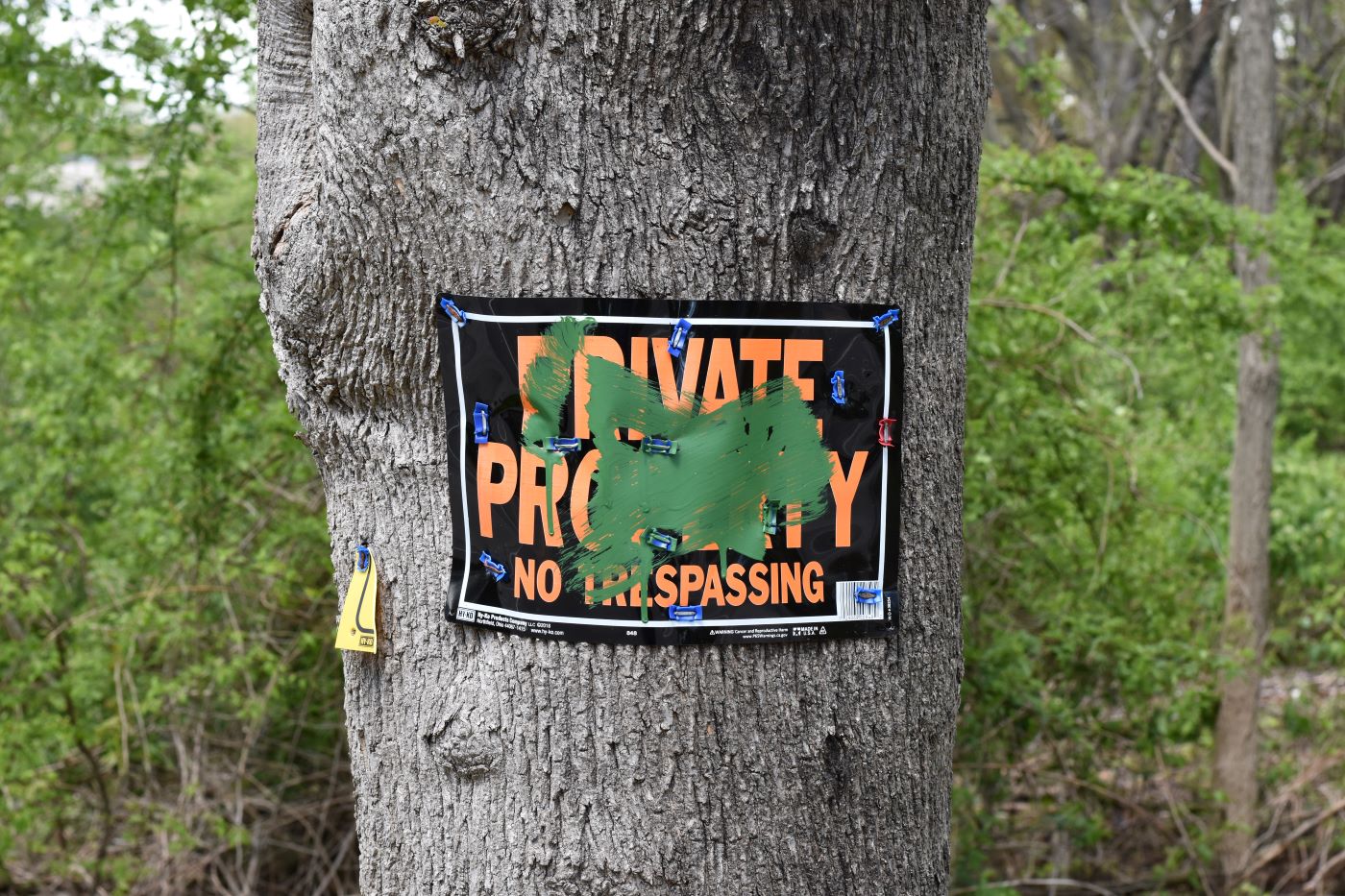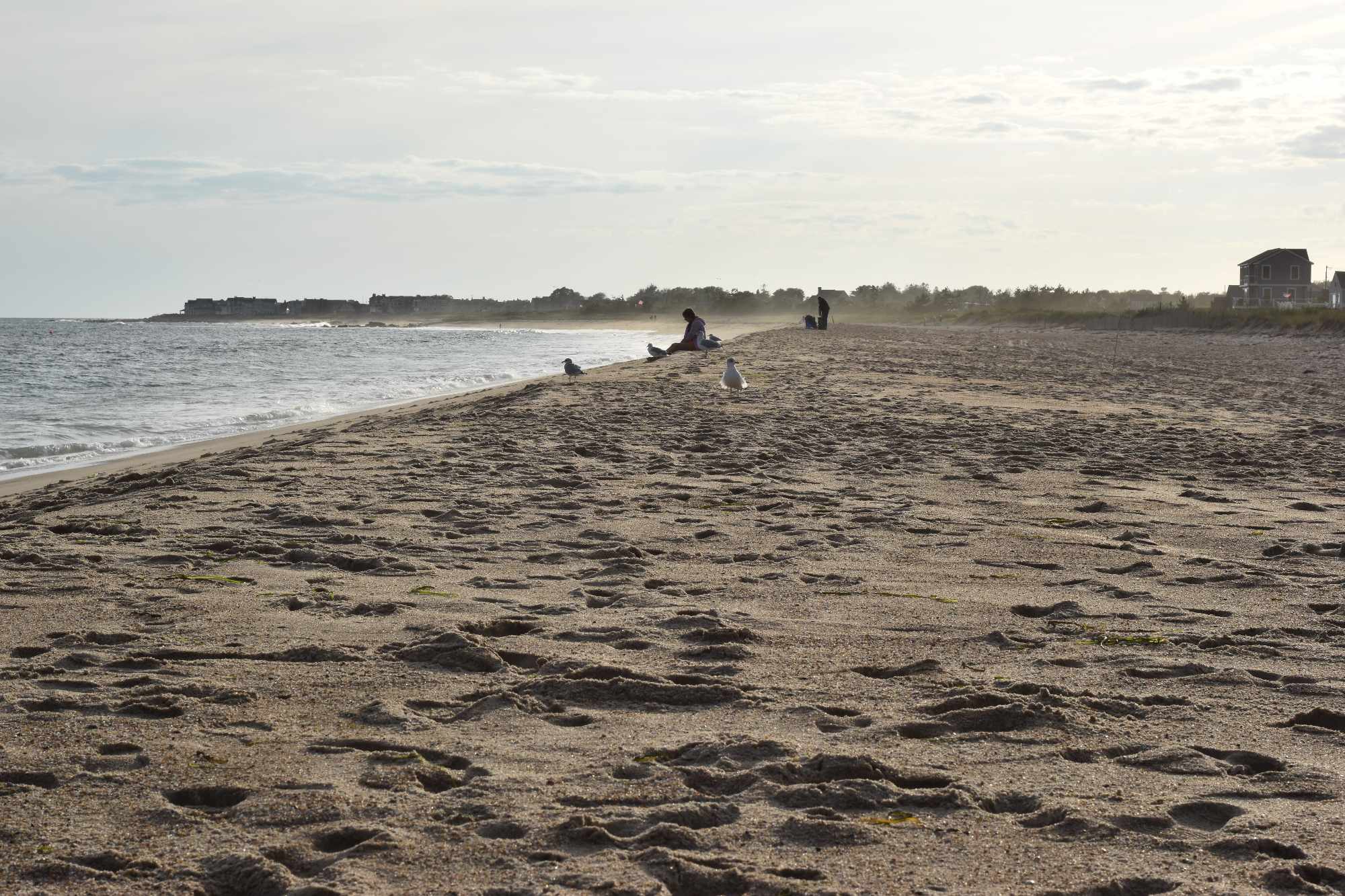Aquidneck Island Residents Can Help Improve Water Quality
November 2, 2023
MIDDLETOWN, R.I. — When it rains on West Main Road, some water runs into the town’s stormwater infrastructure and some is absorbed into the soil, but inevitably some of the rain ends up in Bailey Brook.
On the way, it picks up fertilizer from treated lawns, oils from asphalt, and leaks from cars. Sometimes, the water rush even grabs trash and litter.
Eventually, it flows from the brook, with all these contaminants, to the drinking water supply at Easton Pond.
Runoff contaminates all seven Newport Water Division reservoirs on Aquidneck Island, to the point they are all considered impaired by the state and the Environmental Protection Agency. The water is treated and comes out of the faucet of Aquidneck Island homes clean, at great cost and effort. But over the past few years, local stakeholders have come together to make the water cleaner and safer at the source.
Although all the reservoirs have their own sub-watershed and set of circumstances, Aquidneck Island’s water sources are largely connected, and there are common threads and issues that run through Portsmouth, Middletown, and Newport, according to Jane Sawyer, an environmental scientist for the Rhode Island Department of Environmental Management.
Stormwater runoff is a major cause of contamination for surface waters across the island, Sawyer said. Large swaths of impervious surfaces, such as roads and parking lots, prevent rain absorption and allow water to pick up and carry contaminants to streams, rivers, ponds, and other water sources.
Nutrients, such as nitrogen and phosphorous, are commonly impairing the water sources, leading the growth of algae, such as cyanobacteria. This makes the water at the source unsuitable for drinking or for aquatic life, Sawyer said.
Sawyer stressed that by the time the water reaches island residents, its safe, but the impairments still pose problems.
“We still need to deal with the source waters because they have to treat those waters pretty extensively to deliver that safe water,” she said. The city of Newport spent millions to build a water treatment plant in Portsmouth, for example.
And treatment doesn’t always solve everything, Sawyer said, explaining that when water that contains cyanobacteria is treated, it can sometimes produce trihalomethane, which in large quantities over time can be harmful to humans.
Jacob Peterson, who is also an environmental scientist at DEM, is currently writing a watershed management plan for the island that will help clarify the current issues, while also offering some potential action items for fixing those problems.
The plan will also include an implementation table with estimated timelines and costs for different solutions. Municipalities or watershed groups “can kind of use that as a jumping board to then facilitate a little bit more funding if they’re going to look for some grant opportunities,” Peterson said.
Peterson hopes the draft of the plan will be out and ready for public comment by early next year.
A coalition of local groups is already making headway toward improving quality. The Aquidneck Island Planning Commission (AIPC) published a report in 2018 that outlines some of the issues and potential solutions they are working toward.
Several rain gardens have been planted and some unnecessary impervious pavement has been ripped out throughout the island in an attempt to prevent contamination, according to Eastern Rhode Island Conservation District Manager Sara Churgin.
The AIPC report also spurred the implementation of 109 best practices at the Hoogendoorn Nurseries in Middletown to prevent pollutants from getting into the Maidford River.
Even some projects that aren’t focused on drinking water directly will likely still help the island’s reservoirs, Churgin said. “Everything on the island is near a water source.”
Preserving open space can also help water quality, according to Alex Chuman, conservation director for the Aquidneck Land Trust (ALT).
“It’s almost like a sponge; it’ll absorb stormwater, absorb runoff,” he said. “The water kind of percolates through the natural vegetation.”
Additionally, open space doesn’t produce the same inputs that developed land does, because it doesn’t have impervious surfaces or treated lawns.
ALT has conserved about 1,500 acres in the drinking supply watershed, which is about 22% of the area, he said.
On top of conserving land, ALT has participated in some of the green infrastructure projects on the island, including the installation of a large human-made wetland on the Oakland Forest property that the trust owns.
Going forward, Chuman said saving the open space that is left on the island, as well as teaching residents about the small changes they can make to contribute to keeping the watershed clean, will make the biggest difference in improving water quality.
Churgin and Casey Tremper, program manager at Middletown-based Clean Ocean Access, agreed that education is a big part of the solution.
Tremper’s organization, which has been involved in testing Bailey Brook and other water sources on the island for years, tries to help residents figure out what they can do at home.
Some of those at-home remedies include: building a rain garden; washing cars on grass or at car washes, so suds and cleaning chemicals don’t end up directly draining into water sources; using more natural washing products; getting rid of impervious surfaces and replacing them with pervious surfaces like pavers or shells; and picking up litter.
“It’s really like a puzzle,” Chuman said. “You have to have all the pieces to help improve water quality.”
Editor’s note: Hear from our reporters and local experts Tuesday, Nov. 14, at Ragged Island in Portsmouth about threats to drinking water quality challenges on Aquidneck Island and what’s being done to solve this critical issue.




I live in Newport near our reservoir Eastons pond. Over the last several years the pond has become primarily a dog walking area. A few years ago when I would see dog feces on the moat I emailed my councilman with my concern.He responded that this has become a very popular place to walk dogs and he didn’t see the importance of the pollution from the dogs entering our drinking supply. Since then the pond is ever more popular for dog walkers with free parking and doggie poop bags provided.The water treatment plant personel have raised the concern and told that many dog walkers just carelessly toss the bags of poop into the pond and the staff must fish these bags out regularly.
I do not understand why Newport and the DEM allow dogs on the pond. I find it neglectful of the City to not address this issue in light of the polluted pond water issue.
Sounds like some time needs to be invested in determining whether dog owners are being responsible at the Pond. If they aren’t, this should be yet another place dogs are banned. Homeowners are often the first to notice the evidence and should be listened to.
Also, a mandate to all of those lawn care and fertilizer companies to blow their fertilizer and lawn debris out of the streets and back on to the lawn. Eventually all that fertilizer and clippings end up running off into storm drains and creating these algae blooms.